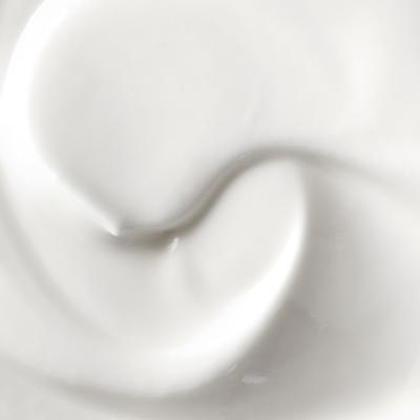Showing results for 'Yogurt'
close
Yogurt

Yogurt is the product of the bacterial fermentation of milk that has been heated and cooled with the addition of a yogurt culture. Yogurt is primarily made from cow's milk but other sources of milk can be used as well including goat and buffalo milk.
Yogurt Pairs With:
Food Item
Flavor Affinity Level

Did you know there are 324 food flavor pairings in my database for Yogurt available. What you are seeing above is a random list of 30 items which pair with Yogurt.
For the entire list, beautifully formatted, enter your email address and click the download button below, then I'll email it to you as a PDF.
Yogurt Properties:
| Food Property | Type | Description |
|---|---|---|
| Flavor Profile | Sour | Yogurt has a tangy and slightly sour taste due to the fermentation process involved in its production. |
| Texture | Creaminess | Yogurt has a smooth and creamy texture that is achieved through the fermentation of milk by lactic acid bacteria. |
| Nutritional Value | Macronutrients | Yogurt is rich in macronutrients such as protein, carbohydrates, and fats, making it a nutritious food choice. |
| Micronutrients | Yogurt is a good source of micronutrients like calcium, potassium, and B vitamins, which are essential for overall health. | |
| Fiber | Yogurt may contain some dietary fiber, depending on additives or additional ingredients, which can aid in digestion and promote gut health. | |
| Aroma | Fermentation | Yogurt has a distinct aroma that results from the fermentation of milk by live bacteria cultures. |
| Chemical Composition | Acidity/Alkalinity (pH) | Yogurt has a slightly acidic pH level, typically around 4 to 5, due to the presence of lactic acid produced during fermentation. |
| Cooking Behavior | Heat Conductivity | Yogurt does not conduct heat well, making it unsuitable for high-temperature cooking methods. |
| Water Retention | Yogurt tends to retain water content, which can affect its consistency and texture when used in cooking or baking recipes. |
Food Pairing App - Version 1.2.0
